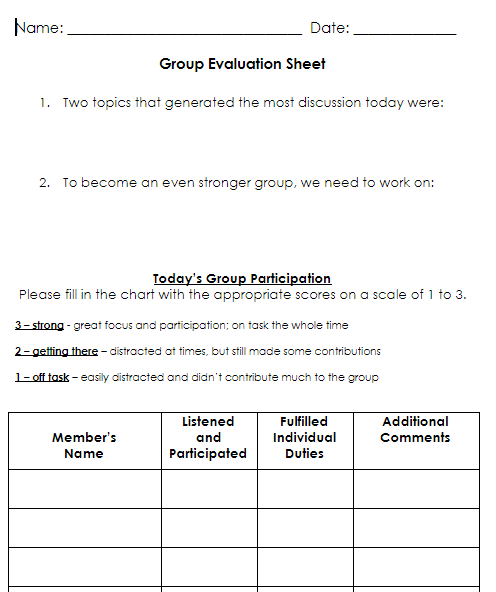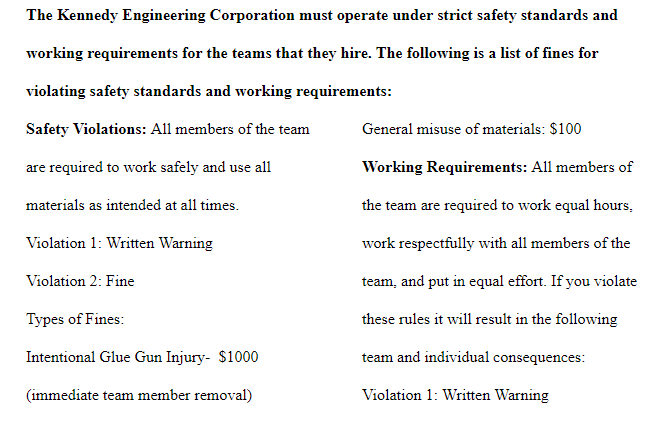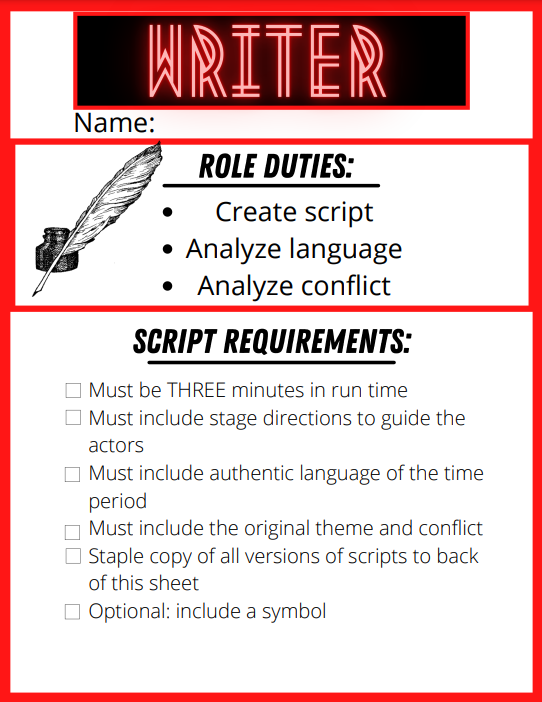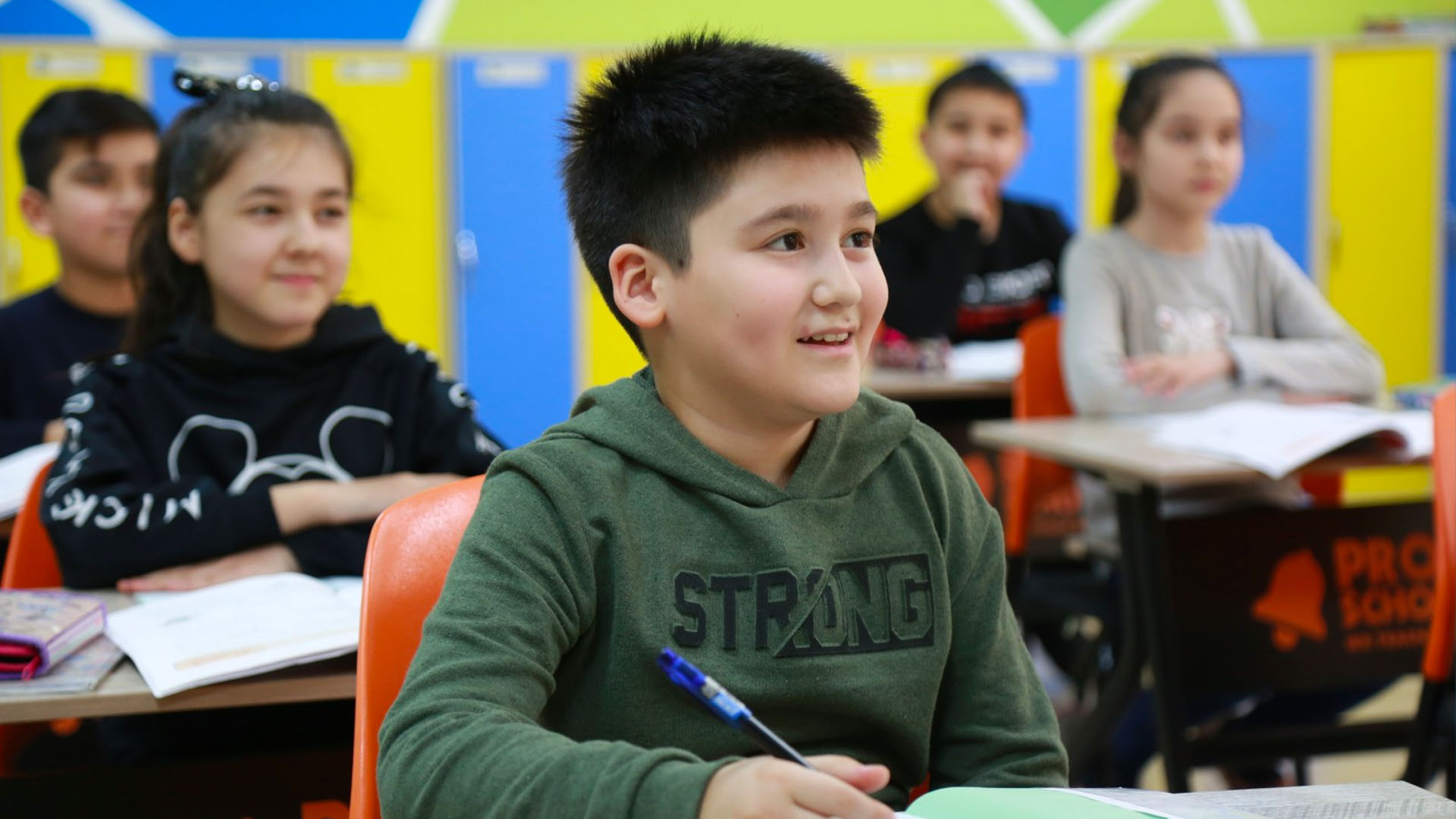Whether you have student roles in a class that last for a semester or for a few minutes, it is important they are well-defined! Roles can be used in every subject and in many different types of projects. Roles also help to foster the 4 C’s in your classroom!
Roles in Group Work
Roles are assigned within a team in my space, the IDEALab. I define a team as a group of students who work together and are dedicated to achieve a common goal. This definition is why I prefer to start with the end in mind when presenting a group project. I clearly communicate where we want to end up. There are times, however, that I am not totally sure that the end result will be what I envision!! I want any project I do to be authentic to my students, so I do allow for flexibility with end products!
The 4 C’s and Roles
Roles within group work allows for students to be creative and accountable all the while collaborating with their peers and teacher. “The most effective creative process alternates between time in groups, collaboration, interaction, and conversation… [and] times of solitude, where something different happens cognitively in your brain,” says Dr. Keith Sawyer, a researcher on creativity and collaboration, and author of Group Genius: The Creative Power of Collaboration. When students have well-defined roles within a group they are also able to help their group members critically think. They ask questions. They become engaged in the world around them. Students being able to clearly communicate themselves within their groups when they have different roles is a truly important skill to master!
Unequal Participation No More!
Unequal participation is perhaps the most common complaint about group work. When students have well-defined roles, it becomes harder for students to take a back seat in their own learning. In order to promote equal participation, I have found it is extremely important to nurture a productive work dynamic.
What this means is to actively discuss each day with the students each day what the expectations for the day are and what effective communication looks like within groups. I even break it down to body language they use towards each other. I will cross my arms and roll my eyes and then ask them what I just communicated to them. I will then ask if this helps myself, my group, or our end goal. Giving students a visual each day of what effective communication SOUNDS like and LOOKS like is worth the three minutes it takes! I also clearly communicate what they should do if communication happens to completely break down and they need a mediator (aka: me)!
Examples of Roles used at Plainfield Community Middle School
1. Novel Groups in English – Megan Meyers, an English teacher, uses group roles in her novel groups for her 6th graders. She sets the groups up as ‘professional book clubs’ and each member has a role, which changes each meeting! Megan also has the students fill out a Group Evaluation Sheet for accountability which is linked and pictured below.

2. India SDG 11 Project– Heather Fanning, a social studies teacher, used group roles within her India Sustainable Development Goal 11 project. Students had to work together using their research to convince an expert panel that their issue was an urgent issue and presented a potential solution! Pictured and linked below is another example of how Heather used multiple end products to increase student engagement and accountability.

3. Stop Motion Animation – Shelly Schaub, a science teacher, uses well-defined roles for a stop motion animation project she does with her students. She even has digitally created notecards to help her middle school students organize their thoughts! Also pictured below is an Earthquake Resistant Building Task that incorporates group roles in Science!

4. Revision ARITS Project – Connor Mack and his 7th grade English team created an amazing collaborative project featuring well-defined roles over the play A Raisin in the Sun. In this project, their students took on roles like writer, director, set design, and costume design and rewrote a scene from the play to take place in a time period of their choice that they studied in social studies class! All roles put the work together that they did at the end to act out their scene!

Questions to Consider:
All of these projects are great examples of how to bring roles into group work in a classroom setting. The projects encouraged collaboration, critical thinking, communication, and creativity all the while holding students accountable for their contribution to group work and ultimately their learning. Next time you are creating a project for your class I want you to think about how group roles can help students to take individual responsibility for a shared goal. And also, what could be challenging for students when they have specific roles within a group? How can you support those challenges?
Resources
Please login or register to claim PGPs.
Alternatively, you may use the PGP Request Form if you prefer to not register an account.



